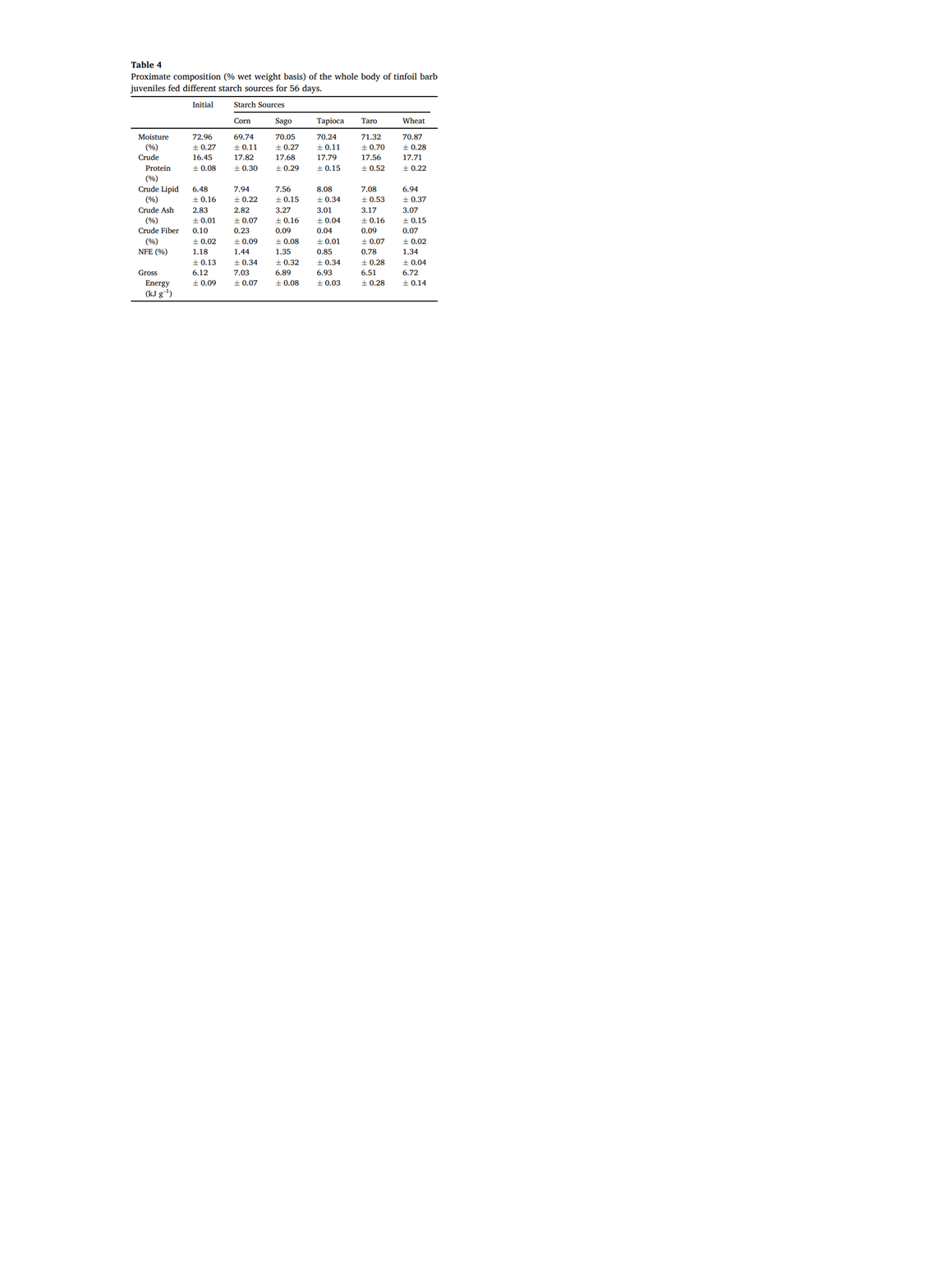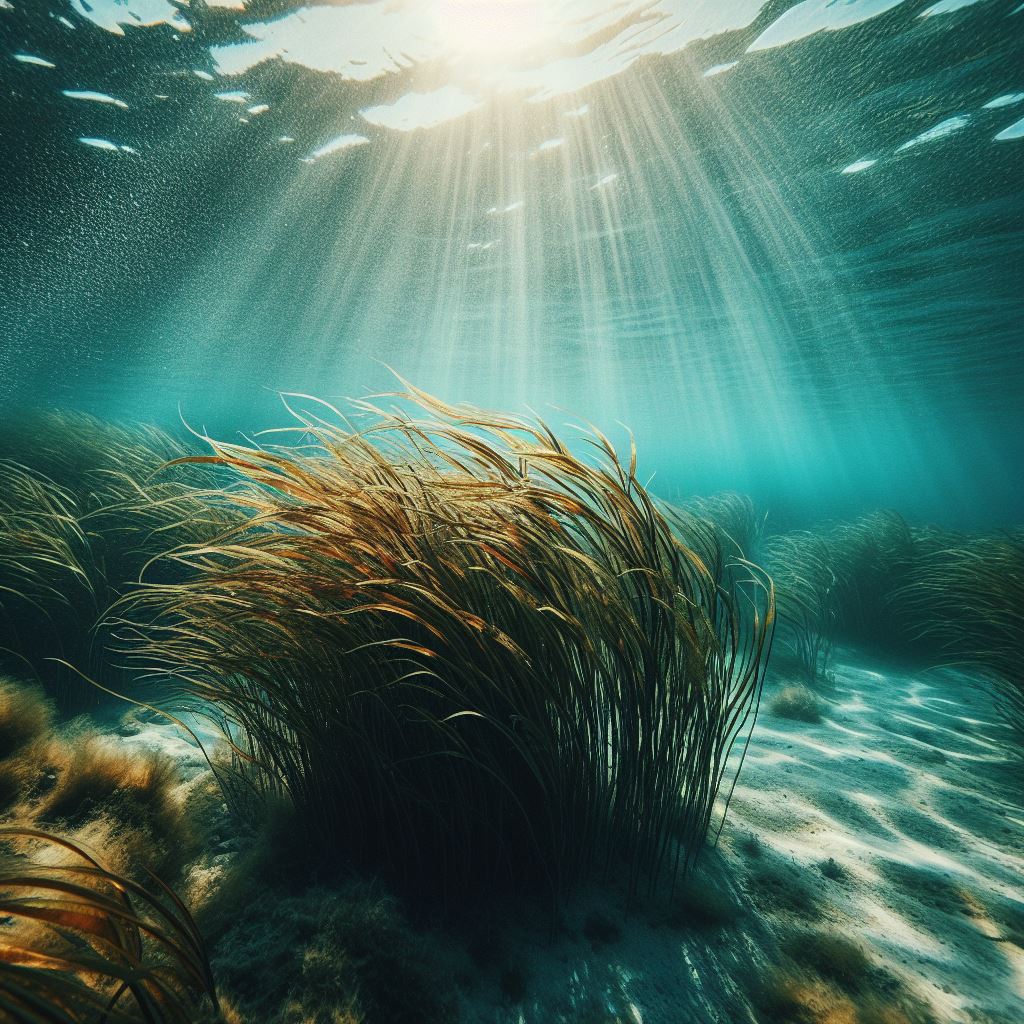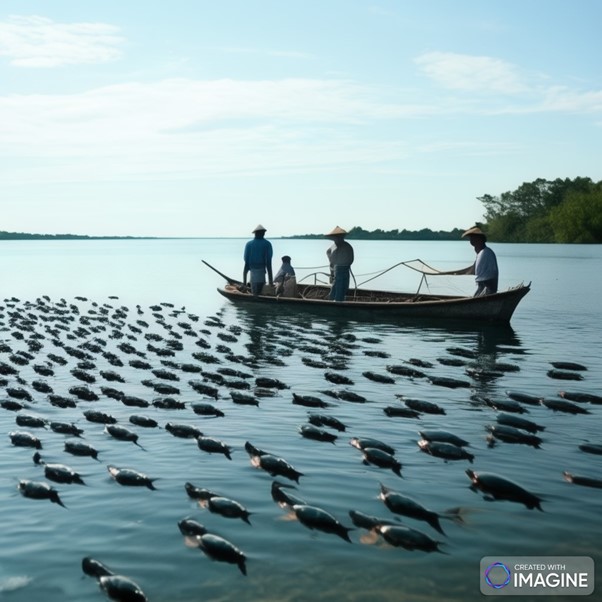By: Mohamed Salihu Mohamed Nafees; Mohd Salleh Kamarudin; Murni Karim et al.
Article Prepared By: Farah Izana Abdullah
Fish are commonly independent of dietary carbohydrate for their metabolic energy needs.
Starch is a polysaccharide composed of two different glucose polymers namely amylose and amylopectin. Corn is an appropriate source for yellow perch Perca flavescens than wheat.
Incorporation of sago and wheat flour in the diet should be done with care. None of the starch sources had significant influence on midgut amylase activity compared to corn starch. Future studies could be focused on the use of purified taro flour and partial replacement of corn starch with wheat, taro and sago. Aquafeeds with optimum digestible starch levels provide nutritional, economic, and environmental benefits in aquaculture, but the effects of different starch sources on fish growth and performance have not been well investigated. They advocate that future studies could be focused on the use of purified taro flour and partial replacement of corn starch with wheat, taro and sago to improve their utilization by tinfoil barb.
Web: https://doi.org/10.1016/j.aqrep.2022.101069

Date of Input: 29/03/2023 | Updated: 29/03/2023 | s_humaira
MEDIA SHARING





























